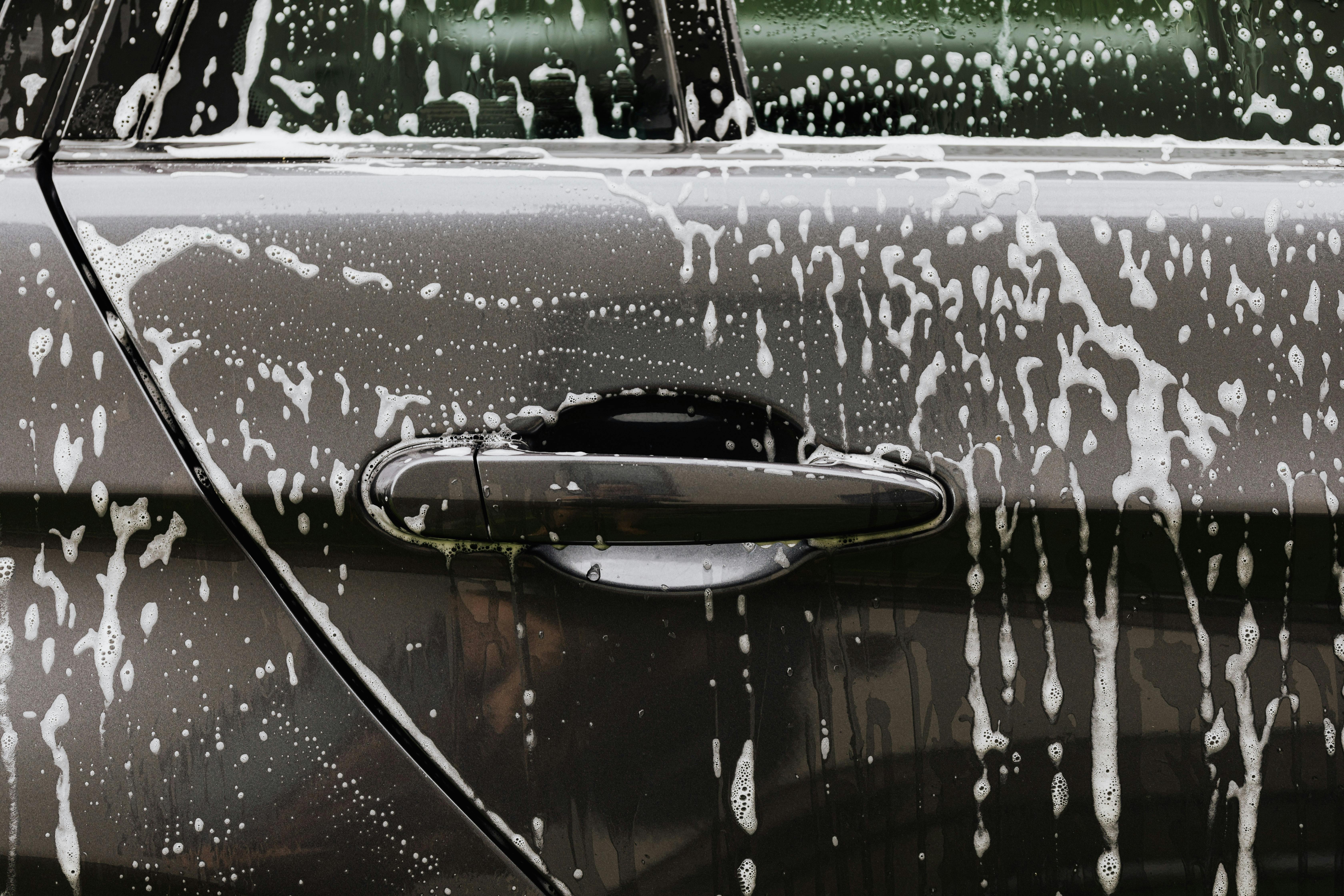Resolving the ProductAssistant installation error on Windows
In Windows operating system of any version, some users are often faced with a strange dialog box titled ‘Product Assistant’ with the error message, ‘The function you are trying to use is on a disk that is not available’. This dialog box requests any of these files: ProductAssistant.msi, SolutionCenter.msi, or TrayApp.msi files. These error messages are related to the installation of the HP printer in Windows and often appear every time the computer starts. You get quite frustrated when these errors continually appear and you don’t even click the Cancel button. If you are also facing such frustrating problem, you can take the steps mentioned below to get rid of it.
Disclaimer: We are going to discuss some technical steps, but we do not assume any warranty or responsibility for the results after they are performed. It is up to the reader how you follow them. If you are not technical enough, get help from Online Printer Support.
Explaining the errors
Most of the users face two error messages which are explained below. These errors occur when an installation file for the HP printer drivers is missing and Windows is instructed to load that file.
• The function you are trying to use is on a CD-ROM or other removable disk that is not available.
Insert the ‘ProductAssistant’ disk and click OK.
ProductAssistant installation error
• The function you are trying to use is on a network resource that is not available.
Click OK to try again, or enter an alternate path to a folder containing the ‘SolutionCenter.msi’ installation package in the box below.
SolutionCenter.msi installation error
• The route cannot be found. Verify that you have access to the installation package ‘TrayApp.msi’ in a folder from which you can install the TrayApp product.
Resolution steps
Method 1: install the missing file from the CD
We can try to install the missing file from the CD that came with your HP printer.
1. Insert the HP printer CD into the optical drive.
2. Open My Computer and then open Optical Drive to explore it.
3. If the error is in ProductAssistant.msi, open this folder and double-click the hpproductassistant.msi file to run it.
o Remember that solutioncenter.msi and TrayApp.msi are in the installation folder.
o Running the MSI file will install the missing item in the existing HP printer setup.
4. Restart the computer.
Method 2: download the drivers
If you do not have the HP printer installation disc or have lost it, follow the steps below:
1. Visit support.hp.com in your web browser.
2. Enter the full name of the product with its model number in the text box. The model number is listed on the front of your printer. For example, the HP Deskjet D2680 printer.
Entering the model number in HP Support
3. Press the Next button. This will open the support page for your printer model.
4. Select ‘Software and Driver Downloads’ on this page.
Downloading drivers from the HP support website
5. Select your operating system and click the button that says “Next”.
Select operating system while downloading drivers from HP support
This will display the list of drivers and software available for your printer for the selected operating system.
List of drivers and software for selected HP printer
6. Click on ‘Driver – Product Installation Software’ for your printer.
7. Select the link showing the driver and full-featured software. Remember that only full-featured controllers will have the missing file, so go for it.
NOTE: The download time depends solely on the connection you are using. If your internet connection or download speed is slow or you are using a 56 Kbps connection, prefer to order the disc using the link “Order physical media – CD DVD USB” on the same page. HP conditions and charges may apply to this order. Continue with Method 1 above after obtaining this CD by order.
Selecting Full Feature Software and Drivers for the HP Printer
8. This will take you to another download page. Obviously, you have to click on the button that says ‘Download’.
Download option for selected HP printer driver
9. Keep this file in a safe and memorable place on your computer. You can save it on the desktop in a new folder.
10. Open the location where you saved this file with the complete drivers.
11. Run the file and this will extract the driver files to the temporary folder for your Windows user.
12. Open the Run box from the Start menu.
13. Type% temp% in the Run text box and click the OK button. This will open the user’s temporary folder.
14. Find a folder named 7sxxx or 7sxxx.tmp. Here x can be any alphabet or number.
15. If you get the ProductAssistant.msi error, open hpproductassistant> hpproductassistant.msi. Otherwise, open solutioncenter.msi or TrayApp.msi in the folder.
If you follow the steps, mentioned in any of the above methods, the missing MSI file will be installed. You can restart the computer and check if you still get this error message or not.
Contact the Online Printer Support experts if you are still facing this issue or have any questions about the steps mentioned in this article.









